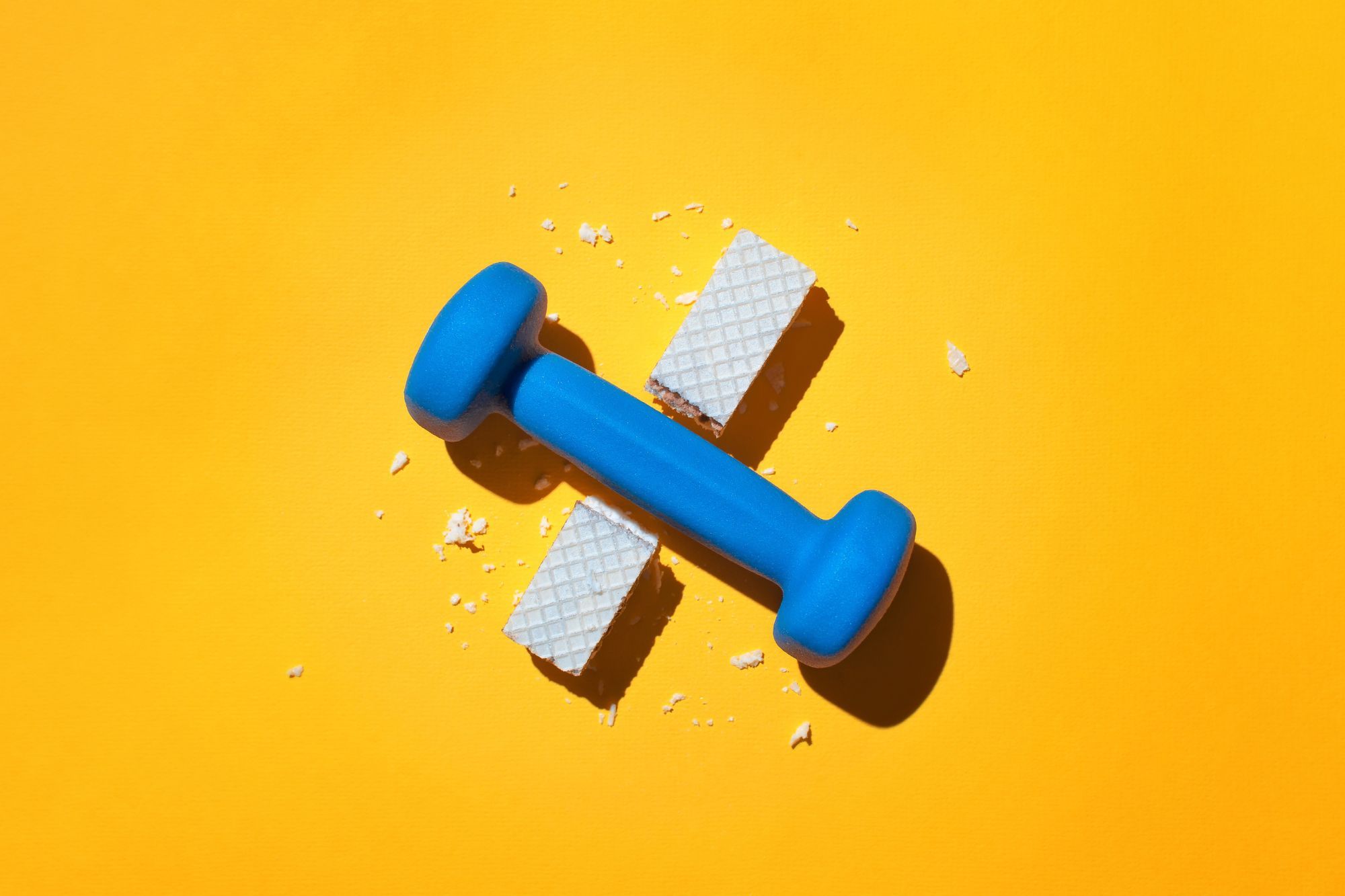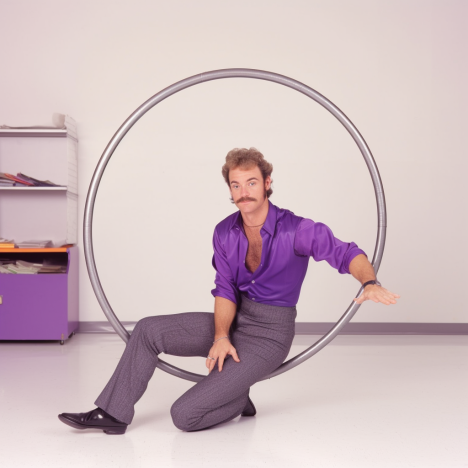Sugar.
Just reading the word made you react subtly, we know it.
If you’re not eating it, you’ll see it or hear about it. Whether it’s gooey, stunning desert, a Netflix show or an I-quit-cold-turkey story - the sugar finds a way to crawl in through your senses.
But, never mind stacked up evidence, sugar is not the problem. Eating too much or gulping down mercilessly - a problem. Doing too little to burn calories back to the stratosphere - a bigger problem.
As someone who’s not so easily convinced to pull the quit-sugar-now trigger, you may wonder… Is there a way to mingle in harmony and avoid suffering consequences?
Reputable sources say there is. Shall we?
A lesson in sugars in layman’s lingo

There's more to sugar than meets the eye, or the tongue - excusez-moi.
First, there are natural and added sugars. Naturals are found in things like fruits (fructose) and milk (lactose), while added sugars are man or machine-made.
Say there were no Walmarts and Amazons, you'd find natural sugar just by taking a stroll through the forest or farm. But, to get your hands on sweet diet wallopers, you'd have to grow and process sugar cane, or know a fellow who does and is willing to sell some.
FYI: In this piece, we’re addressing the notorious one - added sugar.
How much sugar is not too much?
The answer might surprise you. The boundary is not as restricting as one might think.
Thanks to a bulk of studies we now know people should consume no more than 10% of their daily calories from added sugars.
That means an average American can swallow up to 200-250 of sweeterie calories. A dose that amounts to about 12-15 teaspoons of sugar.
Reaction?
If you're jumping in your seat now, already flirting carelessly with your cookie jar, here's a bummer.
The problem with sugar is it takes many forms. It’s not just found in chocolate, candies, or your favorite ice cream. It’s everywhere - yogurt, any sauce (basically), sports drinks, granola, Starbucks, cereal, bread, pasta, you name it...
Already by eating 3 usual meals a day, not paying any attention to ingredients, you’ve probably swallowed 5-6 (if not more) teaspoons of sugar. Sneaky, isn’t it?
How to cut back on your sugar intake?
If you have a sweet tooth, then cherish it - strategically though. Eat healthy snacks or even better, cut back on sneaky sugars and instead, treat yourself to a proper dessert!
You might be surprised to find that some of your favorite "healthy" foods are actually loaded with sugar. In fact, the US has pretty lax standards when it comes to labeling food as healthy. The best way to verify if food is really well-intended is to check the ingredient list.
Just be careful. Sugar goes by many names on food labels, so be on the lookout for anything on this list. If you see any of these ingredients listed high on top, chances are the food is high in sugar.
Read the labels and leave some room for a delicious, mouth-watering dessert later. Remember, 200-250 calories a day - tops!
The clash of physical activity and sugar

When it comes to blood sugar, physical activity is like the yin to sugar's yang. Guess what sedentary lifestyle is in a similar equation... a public health crisis! ADA (Amerian Diabetes Association) says there are two ways your sugar-stacked body benefits from being active: increased insulin sensitivity and insulin non-dependence.
If you’re losing us here, don’t fret. Just imagine insulin as a push button that activates your body to process sugar for energy. The more sensitive the button the easier it is to push it (insulin sensitivity). The less your body depends on the push button to burn down sugar, the better off you are (insulin non-dependence).
In other words, working out helps you better process sugar, reducing blood sugar levels.
And even if you're short on insulin, your cells can still intake more glucose when you're active. So if you want to reverse your sweet-plunging, stay active - it'll help balance out your blood sugar levels in the long run. And who knows, you might even have fewer cravings along the way! Uhm, actually, you'll definitely have fewer cravings.
Disclaimer - if you’re diabetic or have a diagnosis tied to sugar consumption, please advise your doctor first before trying out anything on your own. No material on this site is intended to be a substitute for professional medical advice, diagnosis, or treatment.
“But it’s hard for me to stay active”
Yes, we get it. It’s a low-chance scenario for most of us. Sedentary work, tough schedules, never-ending lockdowns... They all conspire to keep us on the static end.
But don't despair! First, we've put together a list of easy ways to integrate physical activity into your daily work life.
More importantly, Wakeout is here to help you get up and moving, even when you're stuck at a sedentary job. It makes physical activity feel like a breeze. Go check it out if you haven't already and hoop on a session!


Wakeout








